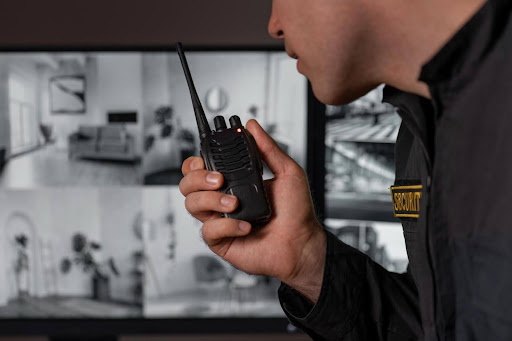Outdated access control systems present significant risks that can compromise the safety and integrity of your facility. As technology advances, the weaknesses in older systems become more pronounced, making it crucial for property managers and security professionals to understand and address these vulnerabilities promptly.
Learn more about how outdated access control systems can jeopardize building security and how you can keep your building more secure with updated technology.
Vulnerabilities to Modern Threats
Outdated access control systems often struggle to defend against the sophisticated threats in today’s digital and physical security landscape. Older systems may lack the advanced encryption and authentication features to protect against cyber-attacks.
Hackers and other malicious actors continuously develop new techniques to breach security systems, and outdated technology may be unable to counteract these evolving threats. For instance, older systems that rely on easily hackable magnetic stripe cards are particularly vulnerable to cloning and unauthorized access. Without regular updates or upgrades, these systems become increasingly ineffective at safeguarding against modern security risks, exposing your building to potential breaches.
Incompatibility with Current Technology
Technological advancements have significantly transformed access control systems, incorporating features such as biometric scanners, smart card technology, and integrated building management systems. Outdated systems may not be compatible with these new technologies, resulting in a fragmented security infrastructure.
This incompatibility can create gaps in security coverage and hinder the implementation of more effective and streamlined access control measures. For example, integrating a new biometric authentication system with an old, incompatible access control system may be challenging, leading to inefficiencies and potential security vulnerabilities.
Upgrading to modern access control systems, including obtaining proximity cards from a reputable supplier, can enhance compatibility with current technology, ensuring a cohesive and robust security infrastructure.
Reduced Efficiency and Increased Costs
Older access control systems often suffer from decreased efficiency and reliability, increasing operational costs and potential security lapses. As technology ages, hardware components can fail more frequently, and software may become less stable. This reduced efficiency can result in more frequent maintenance needs and higher repair costs, diverting resources away from other critical security functions.
Outdated systems may require manual intervention or additional procedures to manage access, slowing operations and reducing overall security effectiveness. Upgrading to modern access control systems can enhance efficiency, reduce maintenance costs, and improve the overall security posture of your building.
Limited Scalability and Flexibility
Outdated access control systems typically lack the scalability and flexibility needed to accommodate the changing needs of a growing facility. As your building’s requirements evolve, you may need to add new access points, integrate additional security features, or expand system capabilities.
Older systems may not support these expansions or may require costly and complex upgrades to accommodate new components. This limitation can hinder your ability to adapt to changing security needs and may result in security gaps or inefficiencies. Modern access control systems are designed with scalability and flexibility, allowing for easier expansion and integration as your security needs evolve.
Difficulty in Compliance with Regulations
Regulatory requirements for building security and data protection are continually evolving, and outdated access control systems may not meet the latest standards. Compliance with regulations such as GDPR, HIPAA, or industry-specific security standards is crucial for avoiding legal and financial repercussions.
Older systems may lack the necessary features to ensure compliance, such as detailed audit trails, secure data storage, and advanced user access controls. Failure to meet regulatory requirements can result in penalties, legal issues, and reputational damage. Upgrading to modern access control systems can help ensure that your building remains compliant with current regulations and standards, mitigating potential risks and enhancing overall security.










